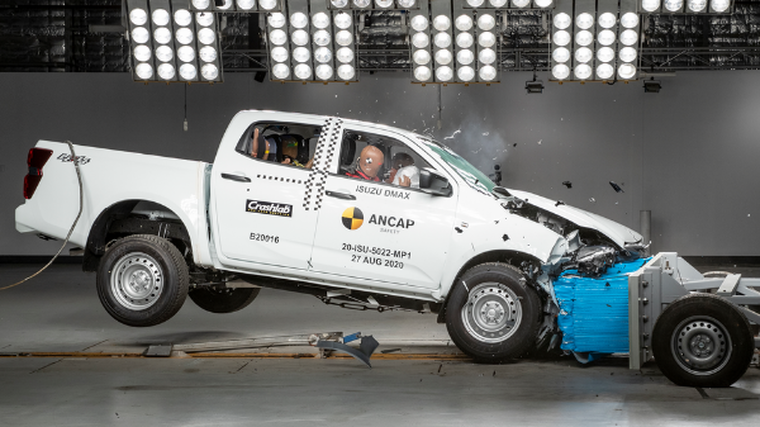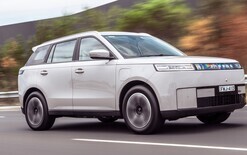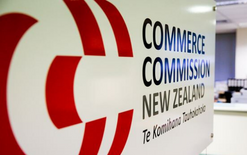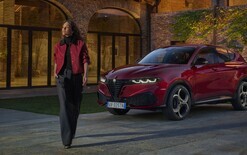Isuzu and Toyota hit new safety standards

The Isuzu D-Max and Toyota Yaris have scored top safety ratings after becoming the first models to be subjected to Ancap’s tougher testing criteria.
Ancap Safety, Australasia’s leading independent vehicle safety authority, says the results show how protection is important regardless of market segment or vehicle use.
All variants of Isuzu’s utility, pictured above, and Toyota’s light car achieved the maximum five-star rating against the latest criteria – including the fitting of a new centre airbag.
Rhianne Robson, director – communications and advocacy at Ancap, says: “Our 2020 requirements again set the bar higher to promote further vehicle safety improvements and address some of the ongoing challenges on our roads.”
The new generation Isuzu D-Max scored well across all key areas of assessment with the standard inclusion of a front-row centre airbag for added occupant protection – a first for the ute segment, autonomous emergency braking (AEB) with pedestrian and cyclist detection, multi-collision braking and active lane-keeping support.
The protection offered to adult occupants in the side impact and oblique pole tests was good, with the vehicle scoring full points. It repeated that feat for the protection of child occupants in the frontal offset and side impact scenarios.
All 20 variants in the D-Max range – single cab, space cab, crew cab, and cab chassis – provide the same safety features and technologies as standard.
Robson says: “The D-Max rating has been highly anticipated by fleet and private buyers, and re-establishes the safety benchmark for the competitive ute segment where the introduction of safety features has tended to lag that of passenger cars and SUVs.”
Meanwhile, the new Yaris, pictured below, scored full marks for the protection of adult occupants in the side impact and oblique pole tests, and for the protection of child occupants in the side impact scenario.
.png)
The upgraded frontal offset (mobile progressive deformable barrier) test presents new challenges for vehicles as it incorporates a moving barrier representing an oncoming vehicle.
In this test, protection of the Yaris driver’s chest and legs was assessed as marginal. For the D-MAX, the chest and left femur of the driver were similarly assessed as marginal. All other critical body regions for occupants of the vehicles were rated as either good or adequate.
The upgraded frontal offset test also evaluates a vehicle’s ability to mitigate the risk of serious injury to occupants in the opponent vehicle. Ancap concludes the Yaris does not pose a high risk to people in an oncoming vehicle, but the front structure of the larger D-Max did pose a higher threat and a penalty was applied.
Ancap has also expanded the range of AEB test scenarios from 2020 to encourage the early fitment of more sophisticated systems.
“The Yaris introduces some of the most sophisticated passive and active safety systems – including dual centre airbags and AEB with Turn Assistance which are features that are being seen for the first time in 2020,” Robson explains.
She adds that while Covid-19 delayed testing and the release of its first 2020 ratings, these ratings re-establish market and consumer expectations for five stars across all vehicles.
“With the new challenges set by Ancap from 2020, it is extremely pleasing to see manufacturers achieve good results against these increasing standards, and take responsibility by prioritising safety to provide their customers with the safest vehicles they can.”
The D-Max and Yaris have also supplied ISO compliant rescue sheets – a new requirement of Ancap’s 2020 test protocols – to assist with first-responder response time in the event of a crash.
For a summary of new and updated test elements for 2020, watch the video below.





